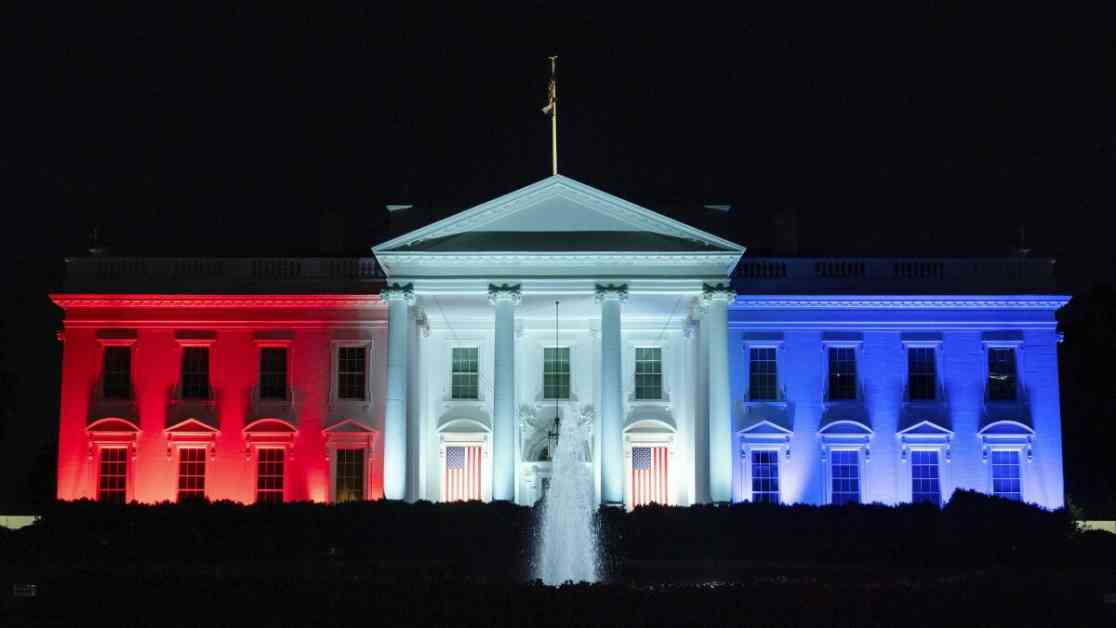In 1951, political analyst Samuel Lubell introduced the idea of the sun and moon parties. The sun party represents the majority party, where the main issues are debated, while the minority party reflects the heat generated by the majority party. For two generations, Franklin D. Roosevelt’s Democratic Party was the sun party until the Reagan majority emerged. When Bill Clinton signed welfare reform and stated that “The era of big government is over,” he acknowledged this transformation.
In the early 2000s, the GOP reverted to moon status, and both parties became minority parties simultaneously, creating an era of two moons and no sun. This trend continued as politicians and voters accepted this new abnormal as normal. George W. Bush won in 2000 as a sun party candidate, but the two-moon system became more prominent, leading to increased polarization.
Barack Obama’s election in 2008 and 2012 showcased the importance of motivating base voters for victory. Donald Trump’s strategy in 2016 targeted low-propensity white, non-college-educated voters, emphasizing the divide between parties. Campaign strategies often become governing philosophies, as seen in Trump’s presidency, defined by pandering to his base and enraging his opponents.
In the 2020 election, Joe Biden ran as a sun party candidate, appealing to voters nostalgic for normalcy. However, once elected, he focused on transformative policies, neglecting the middle voters who sought stability. The impact of the two-moon system is evident in the constant power shifts between parties due to overconfidence and fear of losing the next election.
The current race between Kamala Harris and Donald Trump reflects their different strategies. Harris is targeting disaffected middle voters, while Trump aims to appeal to those desiring more of his style. The outcome of this closely contested race remains uncertain, with both candidates navigating different political landscapes.
Overall, the political landscape is shaped by the absence of a clear majority party, leading to constant power struggles and shifts. The impact of this two-moon system is evident in campaign strategies and governing philosophies, emphasizing the need for parties to balance base support and appeal to the middle voters for long-term success.


























